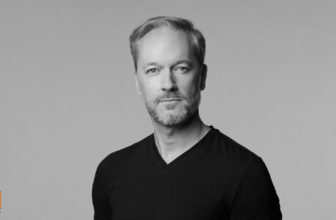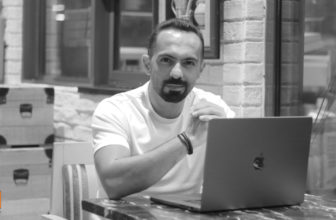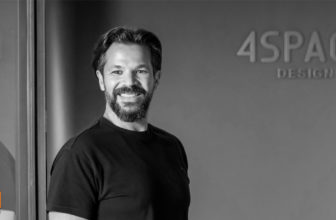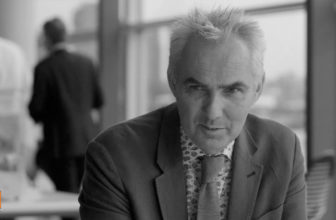Celebrated American-Polish architect Daniel Libeskind has been interviewed by Plane-Site before the Time-Space exhibition, organized by the European Cultural Center (ECC) in Palazzo Bembo, Palazzo Mora, and Giardini Marinara. The exhibition takes place under the umbrella of the 2018 Venice Architecture Biennale.
In the interview, Libeskind discusses the connection between architecture and time as well as the role memories play in design. He also points out the vitality of drawing to architectural design by giving an example from his work at the Jewish Museum in Berlin. Finally, he talks about his anticipated Ground Zero master plan in New York City.
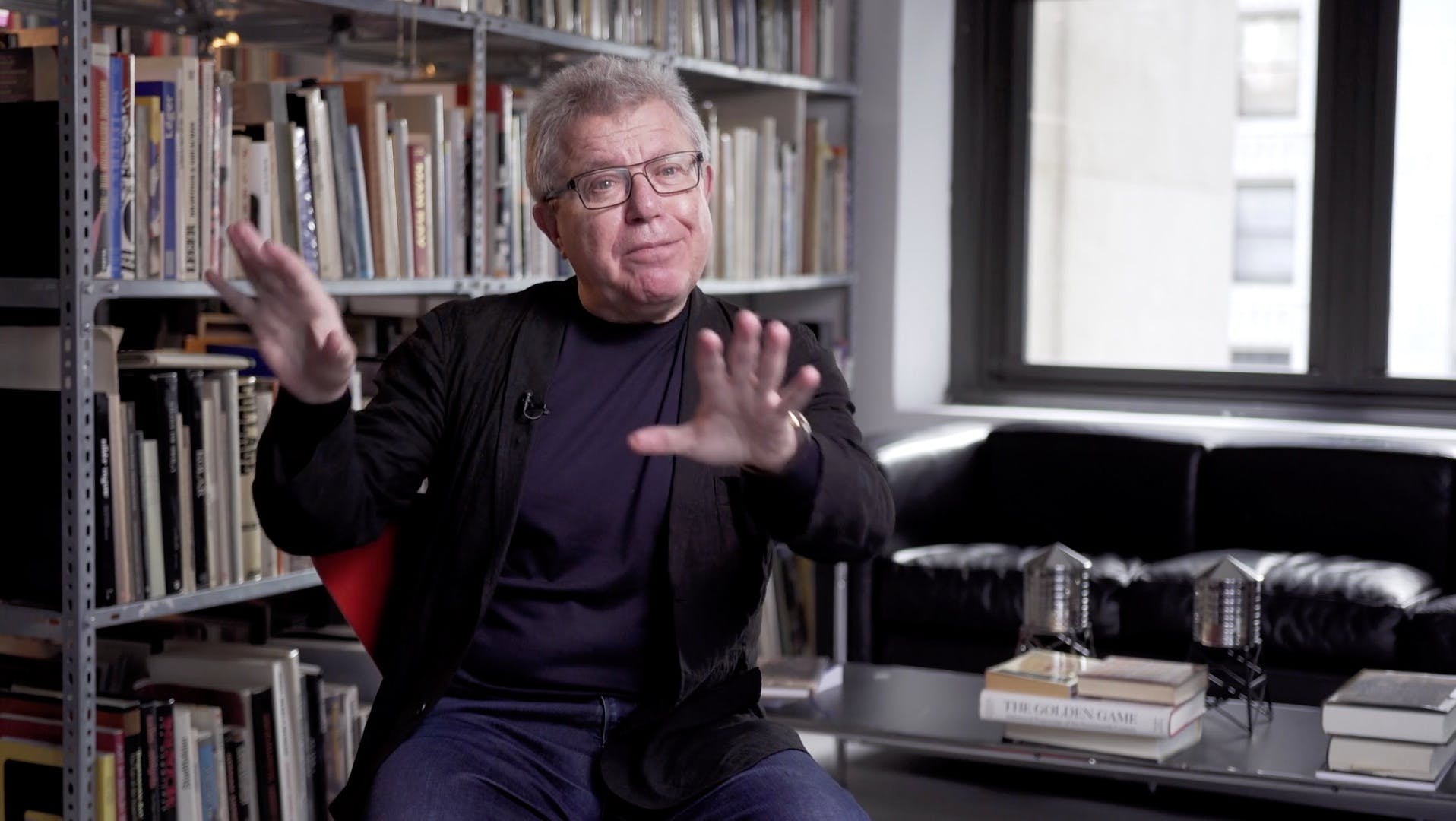
Daniel Libeskind © PLANE—SITE
Libeskind starts by quoting Shakespeare: “Time is out of joint.” He explains that time comes towards us from the future, not from the past, and that should be reflected in buildings that also move forward, during construction, and throughout their whole lifespan.
“…time itself is out of joint, and in his disjointing, that’s where the building happens; that’s a moment in which a building is built.”
Then, he moves to the importance of drawing and how he started his career in architecture and went through it by drawing. He explains that architectural drawing is similar to music notation. and adds that he called his project for the Jewish Museum in Berlin “Between the Lines.”
“… between the lines of the mind, and the drawing, and of the building itself.”
He also discusses the role of memories as the basis for architecture. According to Libeskind, there is more to a site than meets the eye, so he always tries to uncover the “invisible aspects” within repressed memories.
“What are the voices that are whispering to us across an abyss, across catastrophes, across voids?”
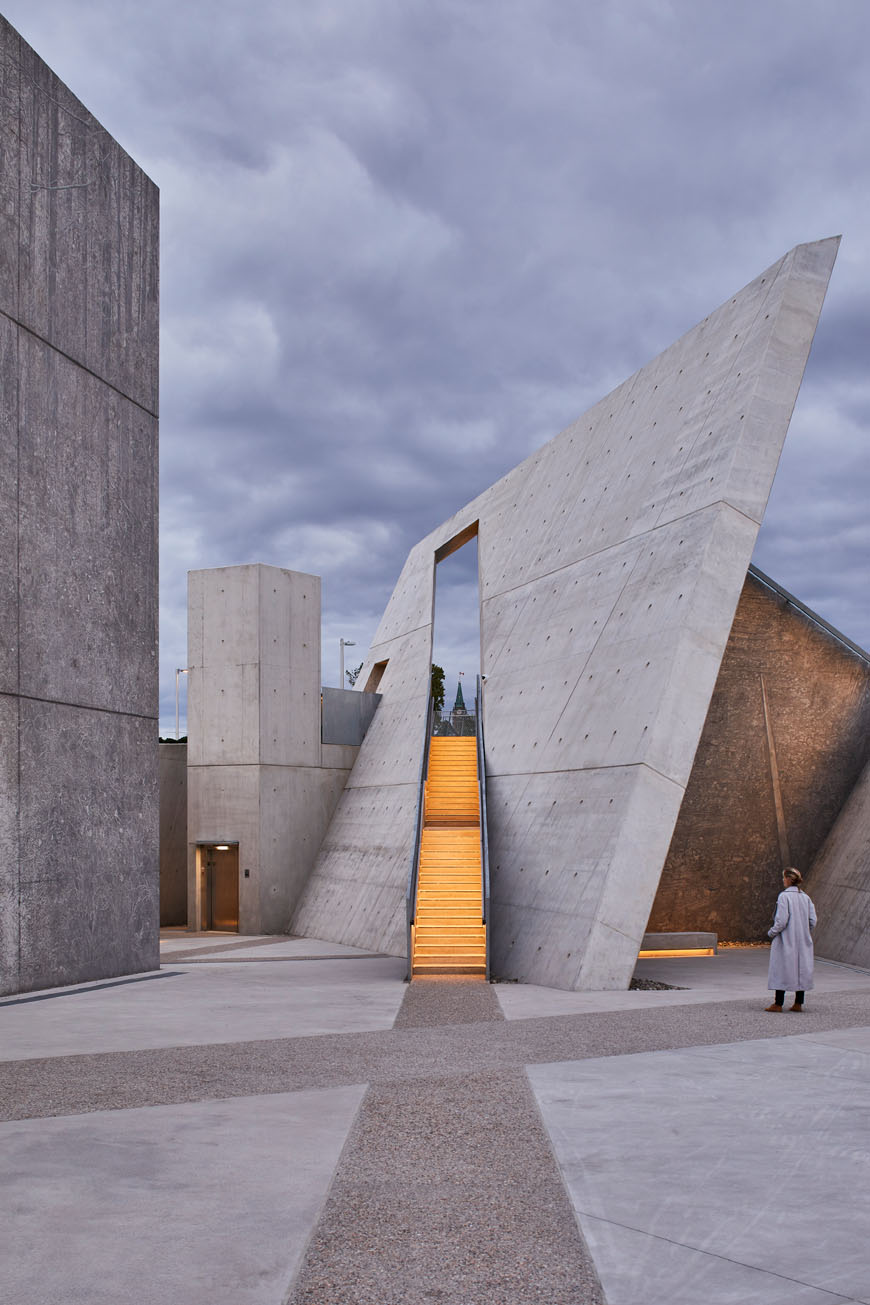
Studio Libeskind, National Holocaust Monument, Ottawa, Canada, 2017; photo © Doublespace
Finally, Daniel Libeskind reveals his thoughts on Ground Zero’s master plan in New York City. He explains that he opted to create a neighborhood with civic spaces and symbolic elements while keeping the buildings and high-rises on the outer boundaries because he believed it to be more appropriate for the site.
“Don’t build anything on the site where people perished. It’s a piece of real estate, very expensive, but it’s just not quite right to build anything.”
He also reveals that to ensure that his master plan would not end up archived, he had to get involved in politics. Here is the complete interview.
For this year’s Biennale, Daniel Libeskind will contribute with a sculptural installation which shall stand in Giardini Della Marinara, adjacent to the Biennale’s garden. He named it “Facing Gaia”, as he explained: “The Biennale is an important opportunity to explore meaning and metaphor in architectural space and form. At this moment in time, the very idea of human existence is in question. What is the future of technology? Nature? Humanity? Facing Gaia focuses on the tension of these relationships while inviting open-ended questions and interaction.”
This project was made possible thanks to the GAA Foundation, the ECC, and GRIP Metal.
Read more: Jewish Museum Berlin by Studio Libeskind


